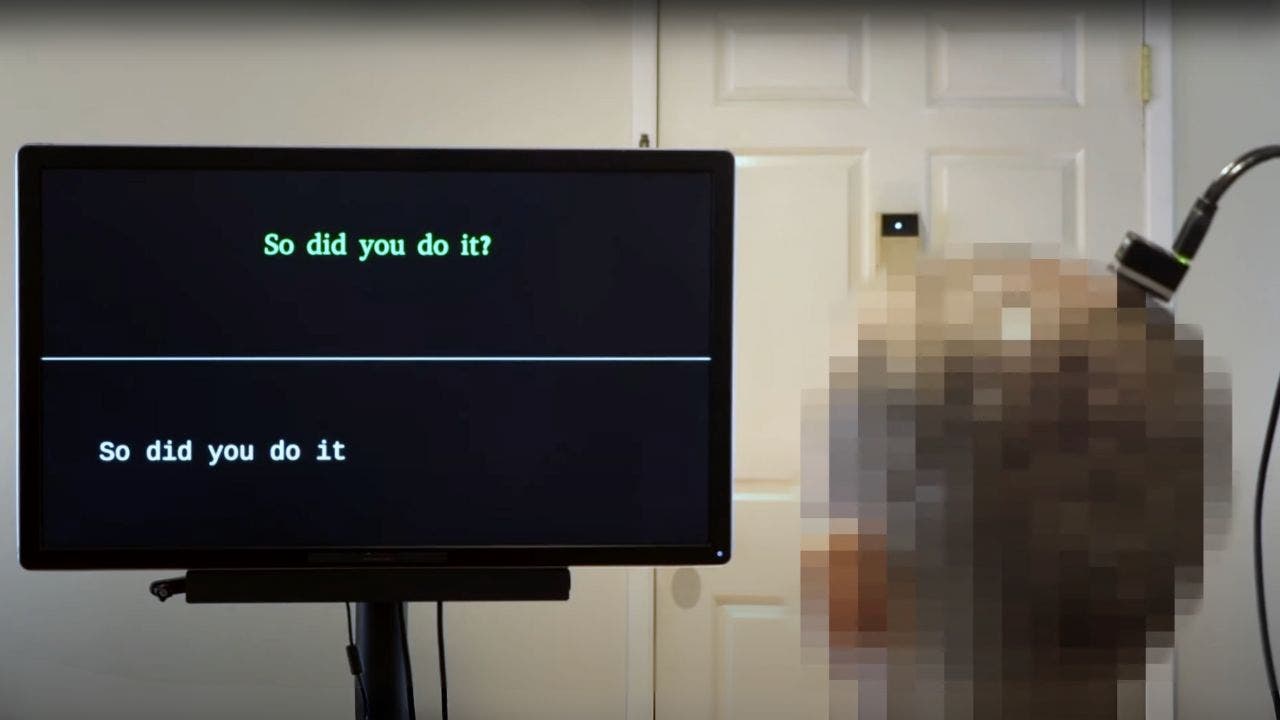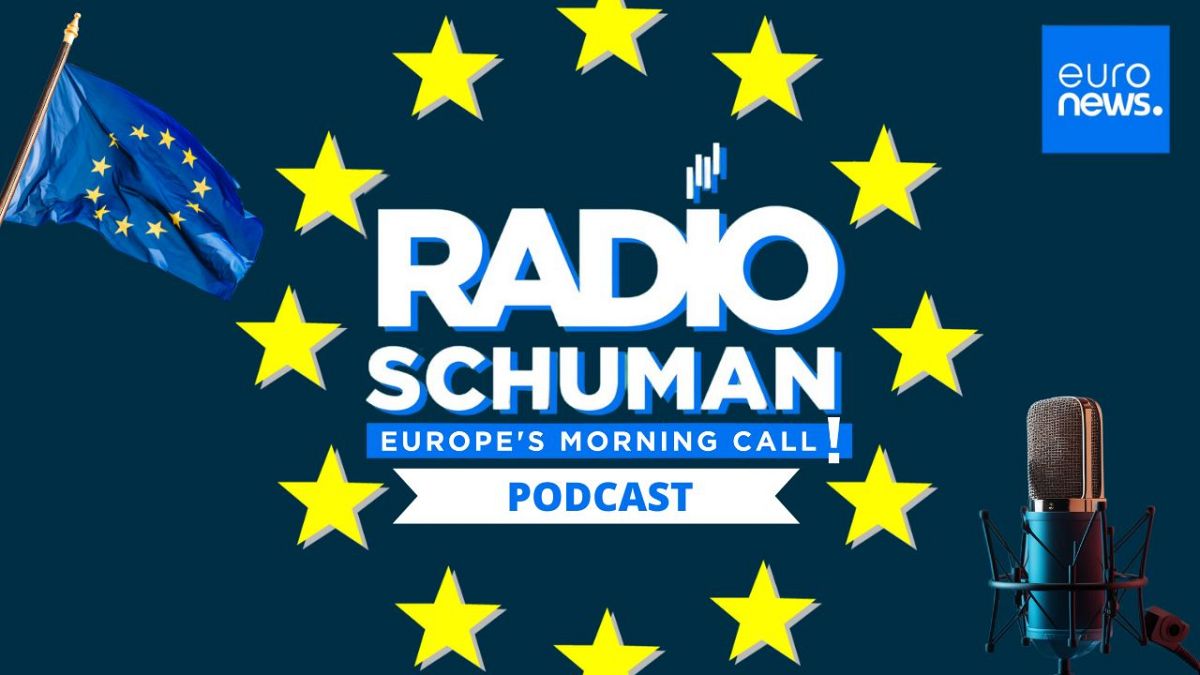Technology
Former head of NSA joins OpenAI board
/cdn.vox-cdn.com/uploads/chorus_asset/file/25490736/240129_D_IM742_1116.JPG)
OpenAI has appointed Paul M. Nakasone, a retired general of the US Army and a former head of the National Security Agency (NSA), to its board of directors, the company announced on Thursday.
Nakasone, who was nominated to lead the NSA by former President Donald Trump, directed the agency from 2018 until February of this year. Before Nakasone left the NSA, he wrote an op-ed supporting the renewal of Section 702 of the Foreign Intelligence Surveillance Act, the surveillance program that was ultimately reauthorized by Congress in April.
OpenAI says Nakasone will join its Safety and Security Committee, which was announced in May and is led by CEO Sam Altman, “as a first priority.” Nakasone will “also contribute to OpenAI’s efforts to better understand how AI can be used to strengthen cybersecurity by quickly detecting and responding to cybersecurity threats.”
Recent departures tied to safety at OpenAI include co-founder and chief scientist Ilya Sutskever, who played a key role in Sam Altman’s November firing and eventual un-firing, and Jan Leike, who said on X that “safety culture and processes have taken a backseat to shiny products.”
“Artificial intelligence has the potential to have huge positive impacts on people’s lives, but it can only meet this potential if these innovations are securely built and deployed,“ board chair Bret Taylor said in a statement. “General Nakasone’s unparalleled experience in areas like cybersecurity will help guide OpenAI in achieving its mission of ensuring artificial general intelligence benefits all of humanity.”

Technology
The ‘Oscars of Science’ can’t take a Trump joke

When the Breakthrough Prize, founded by Facebook, Apple, and Google moguls and sometimes called “the Oscars of Science” by people who want that to be true, invited a comedian to present one of its awards it probably should have expected a few jokes. Remarks made by Seth Rogen during the April 5th livestream about the high-profile tech titans supporting Trump may have ruffled a few feathers, however, and have been scrubbed from the “full video” upload of the ceremony.
“It’s amazing that others in this room underwrote electing a man who, in the last week, single-handedly destroyed all of American science,” Rogen said according to The Hollywood Reporter. “It’s amazing how much good science you can destroy with $320 million and RFK Jr., very fast.”
Rogen’s remarks received only light applause from the room, and came directly after co-presenter Edward Norton paid thanks to Silicon Valley audience members for underwriting the ceremony. Each prize is $3 million, handed out in different fields for life sciences, mathematics, and fundamental physics.
“This year’s ceremony lasted longer than the prior few years, and several edits were made in order to meet the originally planned run time,” the Breakthrough Prize told The Hollywood Reporter. As the ceremony wasn’t televised, it’s unclear what scheduling requirements the Breakthrough Prize needed to adhere to on YouTube.
Technology
AI system restores speech for paralyzed patients using own voice

Researchers in California have achieved a significant breakthrough with an AI-powered system that restores natural speech to paralyzed individuals in real time, using their own voices, specifically demonstrated in a clinical trial participant who is severely paralyzed and cannot speak.
This innovative technology, developed by teams at UC Berkeley and UC San Francisco, combines brain-computer interfaces (BCI) with advanced artificial intelligence to decode neural activity into audible speech.
Compared to other recent attempts to create speech from brain signals, this new system is a major advancement.
STAY PROTECTED & INFORMED! GET SECURITY ALERTS & EXPERT TECH TIPS – SIGN UP FOR KURT’S ‘THE CYBERGUY REPORT’ NOW
AI-powered system (Kaylo Littlejohn, Cheol Jun Cho, et al. Nature Neuroscience 2025)
How it works
The system uses devices such as high-density electrode arrays that record neural activity directly from the brain’s surface. It also works with microelectrodes that penetrate the brain’s surface and non-invasive surface electromyography sensors placed on the face to measure muscle activity. These devices tap into the brain to measure neural activity, which the AI then learns to transform into the sounds of the patient’s voice.
The neuroprosthesis samples neural data from the brain’s motor cortex, the area controlling speech production, and AI decodes that data into speech. According to study co-lead author Cheol Jun Cho, the neuroprosthesis intercepts signals where the thought is translated into articulation and, in the middle of that, motor control.

AI-powered system (Kaylo Littlejohn, Cheol Jun Cho, et al. Nature Neuroscience 2025)
AI ENABLES PARALYZED MAN TO CONTROL ROBOTIC ARM WITH BRAIN SIGNALS
Key advancements
- Real-time speech synthesis: The AI-based model streams intelligible speech from the brain in near-real time, addressing the challenge of latency in speech neuroprostheses. This “streaming approach brings the same rapid speech decoding capacity of devices like Alexa and Siri to neuroprostheses,” according to Gopala Anumanchipalli, co-principal investigator of the study. The model decodes neural data in 80-ms increments, enabling uninterrupted use of the decoder, further increasing speed.
- Naturalistic speech: The technology aims to restore naturalistic speech, allowing for more fluent and expressive communication.
- Personalized voice: The AI is trained using the patient’s own voice before their injury, generating audio that sounds like them. In cases where patients have no residual vocalization, the researchers utilize a pre-trained text-to-speech model and the patient’s pre-injury voice to fill in the missing details.
- Speed and accuracy: The system can begin decoding brain signals and outputting speech within a second of the patient attempting to speak, a significant improvement from the eight-second delay in a previous study from 2023.
WHAT IS ARTIFICIAL INTELLIGENCE (AI)?

AI-powered system (Kaylo Littlejohn, Cheol Jun Cho, et al. Nature Neuroscience 2025)
EXOSKELETON HELPS PARALYZED PEOPLE REGAIN INDEPENDENCE
Overcoming challenges
One of the key challenges was mapping neural data to speech output when the patient had no residual vocalization. The researchers overcame this by using a pre-trained text-to-speech model and the patient’s pre-injury voice to fill in the missing details.

AI-powered system (Kaylo Littlejohn, Cheol Jun Cho, et al. Nature Neuroscience 2025)
HOW ELON MUSK’S NEURALINK BRAIN CHIP WORKS
Impact and future directions
This technology has the potential to significantly improve the quality of life for people with paralysis and conditions like ALS. It allows them to communicate their needs, express complex thoughts and connect with loved ones more naturally.
“It is exciting that the latest AI advances are greatly accelerating BCIs for practical real-world use in the near future,” UCSF neurosurgeon Edward Chang said.
The next steps include speeding up the AI’s processing, making the output voice more expressive and exploring ways to incorporate tone, pitch and loudness variations into the synthesized speech. Researchers also aim to decode paralinguistic features from brain activity to reflect changes in tone, pitch and loudness.
SUBSCRIBE TO KURT’S YOUTUBE CHANNEL FOR QUICK VIDEO TIPS ON HOW TO WORK ALL OF YOUR TECH DEVICES
Kurt’s key takeaways
What’s truly amazing about this AI is that it doesn’t just translate brain signals into any kind of speech. It’s aiming for natural speech, using the patient’s own voice. It’s like giving them their voice back, which is a game changer. It gives new hope for effective communication and renewed connections for many individuals.
What role do you think government and regulatory bodies should play in overseeing the development and use of brain-computer interfaces? Let us know by writing us at Cyberguy.com/Contact.
For more of my tech tips and security alerts, subscribe to my free CyberGuy Report Newsletter by heading to Cyberguy.com/Newsletter.
Ask Kurt a question or let us know what stories you’d like us to cover.
Follow Kurt on his social channels:
Answers to the most-asked CyberGuy questions:
New from Kurt:
Copyright 2025 CyberGuy.com. All rights reserved.
Technology
Comcast announces a five-year price lock for Xfinity internet plans

Comcast has announced that new customers can choose a five-year, guaranteed price lock-in for its Xfinity internet plans. The plans won’t require an annual contract, and range in price from $55 to $105 per month, according to a release emailed to The Verge. They also include unlimited data.
It’s a nice thought, being able to put off the rigamarole of calling my ISP every year or two to beg them to bring me back down to the price that got me in the door in the first place. The plans come with a modem / router combo and a 12-month Xfinity Mobile cellular plan at no extra cost, with extra lines costing $20 per month.
In a separate email, Comcast spokesperson Joel Shadle gave The Verge a breakdown of the pricing for cable tiers (download and upload speeds, respectively) that are available with the price lock-in:
400/150 Mbps – $55/month
600/150 Mbps – $70/month
1.1 Gbps/300 Mbps – $85/month
2.1 Gbps/300 Mbps – $105/month
Those prices, with the five-year guarantee, are available in all of Comcast’s markets, Shadle said. By way of comparison, he said before this deal, a 400Mbps plan could range from $25 to $30 per month for 12 months that would cost “$69-83 depending on your market” including the price of equipment and unlimited data.
Finally, he said that the prices also apply to Comcast’s fiber internet plans, and added that “the 400 Mbps, 600 Mbps and 1.1 Gbps speeds are symmetrical,” meaning upload and download throughput are equal.
(Disclosure: Comcast is an investor in Vox Media, The Verge’s parent company.)
-

 Culture1 week ago
Culture1 week agoInside Draymond Green’s defensive mind, which seeks to ‘completely destroy’ you
-

 News1 week ago
News1 week ago3 Are Killed in Shooting Near Fredericksburg, Va., Authorities Say
-

 Culture1 week ago
Culture1 week agoMen’s NCAA Championship 2025: What to know about Florida, Houston
-

 Movie Reviews1 week ago
Movie Reviews1 week agoFilm Review: 'Warfare' is an Immersive and Intense Combat Experience – Awards Radar
-

 Health1 week ago
Health1 week agoAs RFK Jr. Champions Chronic Disease Prevention, Key Research Is Cut
-

 News1 week ago
News1 week agoAmericans Wrestle With How Trump’s Tariffs May Change Shopping Lists
-

 Politics1 week ago
Politics1 week agoH2Go: How experts, industry leaders say US hydrogen is fuel for the future of agriculture, energy, security
-

 News1 week ago
News1 week agoBoris Johnson Has Run-In With Feisty Ostrich During Texas Trip














